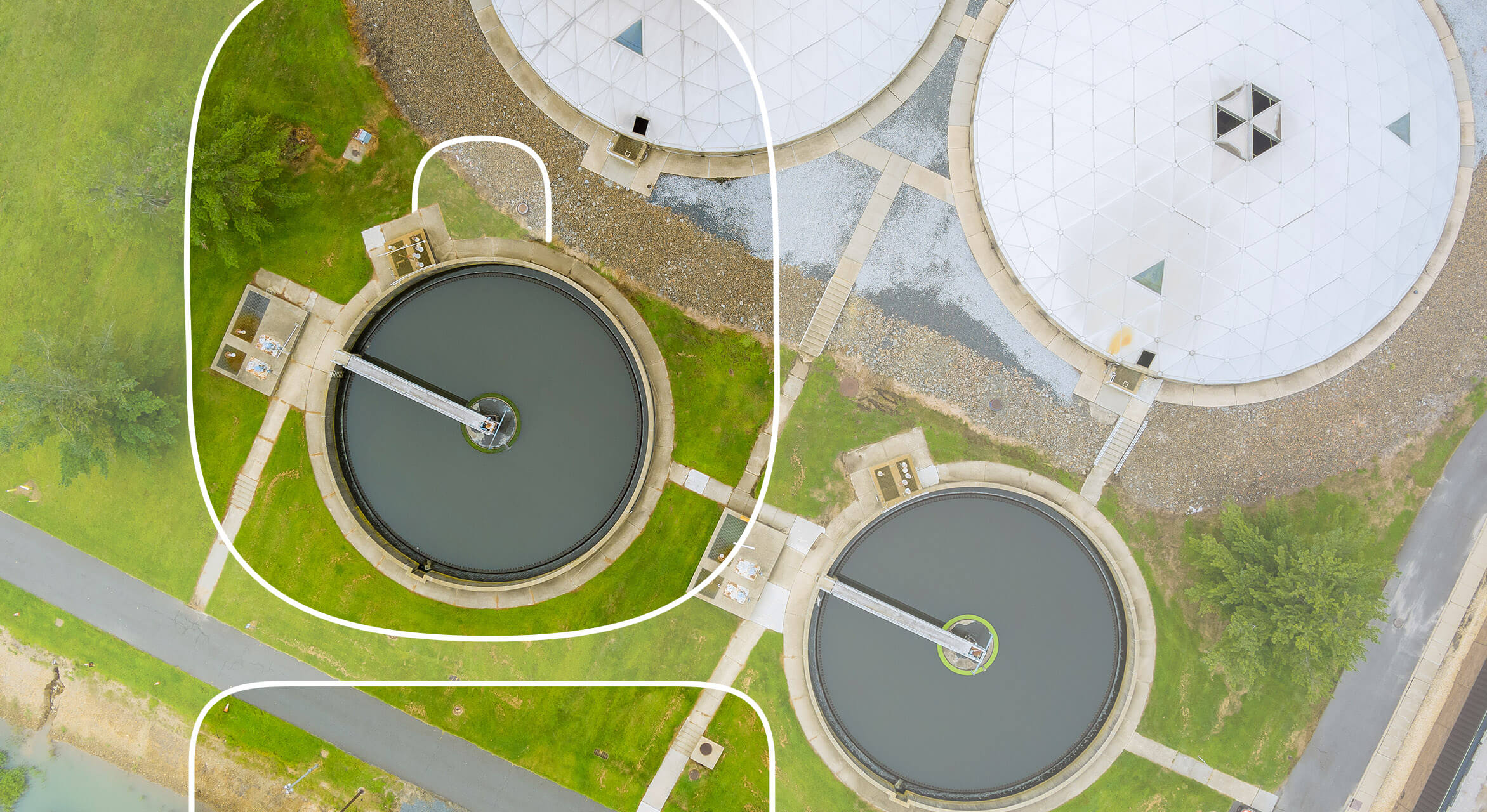The Role of Advanced Wastewater Systems in Safeguarding Public Health
The Role of Advanced Wastewater Systems in Safeguarding Public Health
Blog Article
Recognizing Wastewater Treatment Processes and Their Environmental Influence
The ins and outs of wastewater therapy processes play a crucial role in mitigating ecological challenges connected with water air pollution. Each stage, from initial to advanced treatments, is made to address certain contaminants, eventually guarding both public health and water ecosystems. Regardless of technological improvements in treatment efficiency, considerable challenges continue, including the monitoring of recurring toxins and the effects of nutrient drainage. As we explore the complexities of these processes, it becomes necessary to wonder about just how much existing approaches can evolve to meet the growing demands of sustainability and ecological preservation.
Review of Wastewater Therapy
Just how is wastewater transformed into a safe source for the atmosphere? Wastewater treatment is an important process designed to get rid of impurities from utilized water, thus safeguarding public health and shielding environments. This process starts with the collection of wastewater from household, commercial, and commercial resources, which is then directed to therapy facilities.
At these centers, different physical, chemical, and biological approaches are employed to deal with the wastewater. Consequently, organic therapies, such as triggered sludge procedures, use microorganisms to damage down organic matter.
The dealt with effluent can be safely released into all-natural water bodies or reused for watering and industrial objectives, advertising resource conservation. Additionally, the therapy process creates biosolids, which can be repurposed as fertilizers or dirt changes, even more enhancing sustainability.
Phases of Treatment Processes
The wastewater therapy process commonly includes 3 primary phases: preliminary, primary, and additional therapy. Each stage offers a distinct role in decreasing the contaminant lots and guaranteeing the effluent satisfies ecological standards before discharge.

The main treatment stage focuses on the physical separation of suspended solids from the wastewater. Through sedimentation, heavier particles work out at the end of sedimentation tanks, forming sludge, while lighter materials, such as oils and oils, float to the surface area and are skimmed. This procedure substantially minimizes the natural and inorganic load in the wastewater.
Additional treatment is an organic procedure aimed at more lowering the focus of organic issue. This stage is essential for attaining the needed biochemical oxygen demand (FIGURE) reduction, inevitably leading to cleaner effluent prepared for discharge or further treatment.

Advanced Therapy Technologies
Adhering to the additional treatment procedures, advanced therapy technologies play an essential function in more improving the top quality of treated wastewater. These modern technologies are developed to get rid of residual impurities that are not efficiently removed during main and secondary treatments, ensuring the effluent satisfies rigorous regulative criteria.
Among the commonly utilized sophisticated therapy techniques are membrane filtering, reverse osmosis, and progressed oxidation processes. Membrane layer filtration, consisting of microfiltration link and ultrafiltration, works in dividing fine bits, pathogens, and colloids from the water (Wastewater). Reverse osmosis uses semi-permeable membrane layers to eliminate liquified solids, resulting in high-grade water appropriate for numerous applications
Advanced oxidation processes (AOPs) utilize solid oxidants to degrade organic toxins, including pharmaceuticals and individual care products that are immune to standard therapy. These methods improve the biodegradability of complicated substances, promoting their elimination.
An additional significant technology is making use of organic nutrient elimination procedures, which especially target nitrogen and phosphorus, stopping eutrophication in getting water bodies. On the whole, sophisticated therapy innovations are vital for attaining greater degrees of filtration, advertising water reuse, and guarding public health while attending to the difficulties related to wastewater monitoring.
Ecological Benefits of Therapy
Countless ecological advantages arise from reliable wastewater therapy procedures that contribute to ecosystem health and wellness and sustainability. Mainly, these processes significantly reduce the launch of dangerous contaminants into natural water bodies, which aids preserve aquatic communities. By removing impurities such as heavy metals, nutrients, and virus, dealt with wastewater reduces the risk of waterborne conditions and promotes biodiversity in aquatic atmospheres.
Furthermore, wastewater therapy centers frequently you can check here use sophisticated technologies that make it possible for water recycling and reuse. This method not only preserves freshwater sources however additionally minimizes the demand on all-natural water supplies. Boosted nutrient removal from wastewater can additionally avoid eutrophication, a procedure that results in algal blossoms and subsequent oxygen deficiency in water systems.
In addition, efficient treatment processes can minimize greenhouse gas discharges, particularly methane and nitrous oxide, which are frequently launched during unattended wastewater decay. By recording and utilizing biogas from anaerobic digesters, centers can transform waste right into eco-friendly energy, thereby adding to a decrease in fossil fuel dependence.
Difficulties and Future Patterns
While the environmental benefits of wastewater therapy are clear, several difficulties linger that hinder ideal outcomes in this field. One significant concern is aging framework, which often causes inadequacies and enhanced functional prices - Wastewater. Numerous therapy plants were made decades back, and their capacities do not align with contemporary needs, which include stricter governing criteria and higher volumes of wastewater due to urbanization

Looking ahead, there is an expanding focus on resource recuperation and round economic climate principles within wastewater therapy. Advancements such as anaerobic food digestion, which can create biogas, Read More Here and progressed purification innovations are acquiring traction. These methods not only boost treatment efficiency but likewise advertise sustainability.
Inevitably, addressing these challenges calls for partnership among stakeholders, financial investment in modern technology, and a commitment to continuous research. By embracing these trends, the wastewater treatment industry can evolve to meet the demands of a changing environment and society.
Verdict
In final thought, wastewater therapy procedures play an essential role in enhancing environmental high quality and public health and wellness. The multi-stage therapy structure, combined with innovative modern technologies, effectively mitigates pollution and promotes sustainable water management.
Report this page